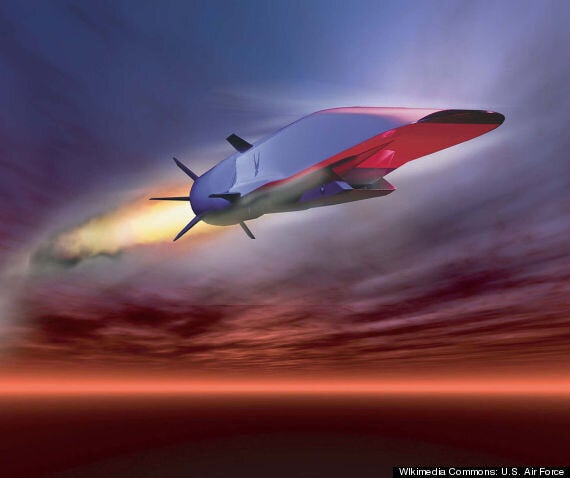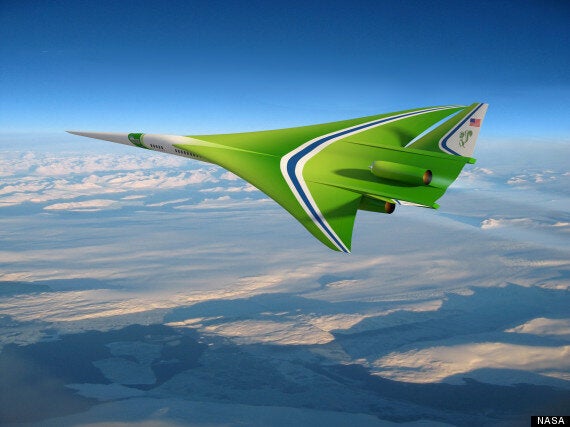Airbus has won a patent in the US for a hypersonic passenger jet that's being nicknamed 'Concorde 2'. The proposed jet could cut the flying time of Paris to Tokyo from 12 hours to just 3 hours.

The original Concorde could reach a top speed of Mach 2.5.
Hoping to combat some of the problems that hampered the original Concorde jet, Airbus' astonishing concept would use three separate propulsion systems to launch the plane to an impressive 100,00ft.
'Concorde 2' would take off like a regular passenger plane using a normal jet engine, once it reached a certain altitude a conventional rocket booster would then push the jet to 18 miles above the Earth's surface.
Once at an altitude of around 100,000ft it would use a ramjet engine to push the plane to an impressive Mach 4.5 - over twice the speed that Concorde managed when it was in service.
While Concorde suffered numerous technical difficulties, the biggest hindrance to its success was the 'sonic boom' problem. Heard from miles away, Concorde's sonic boom was so loud that many countries ended up restricting supersonic travel over land almost making the Concorde's biggest feature seem redundant.
READ MORE:
The Airbus concept would avoid this issue entirely by going hypersonic, pushing the aircraft above the ceiling where a sonic boom would be heard by those on the ground.
If you're hoping to see this concept hit the skies any time soon then we're afraid we have some bad news. Airbus has released a statement which points out that for the company, 'Concorde 2' is just business as usual.
“Airbus Group and its divisions apply for hundreds of patents every year in order to protect intellectual property, these patents are often based on R&D concepts and ideas in a very nascent stage of conceptualisation, and not every patent progresses to becoming a fully realised technology or product.”
Is Hypersonic Travel The Future?
Both the military and civilian sectors have been looking for ways to beat the sound barrier for years and while it's technically now considered child's play, the fact remains that socially, it's pretty unpleasant.
Sonic booms are loud and at close range can cause direct harm to windows and your grandparent's old crockery, they're also really irritating.
To try and beat this new methods of propulsion have been developed ranging from updating old WW2 technology to taking passengers into space.
The US military has been heavily investing in the X-51 'Waverider' a powerful hypersonic missile that has a theoretical top speed of Mach 24.

Now while that speed would almost certainly result in your immediate death, the 'Waverider' is not actually a bad model for future passenger planes.
Using the same 'scramjet' or pulse jet engines that were first truly developed during the Second World War, the scram jet uses supersonic compressed air which is then passed through the combustion chamber.
This relatively simple concept has very few moving parts making it cheaper to produce and easier to maintain.
Another approach is to accept that supersonic flight is the future and just try to make it a whole lot quieter. NASA has been working with the aerospace industry to create a new type of aircraft that can reach supersonic speeds but without the ear-splitting sonic boom as an accompaniment.
